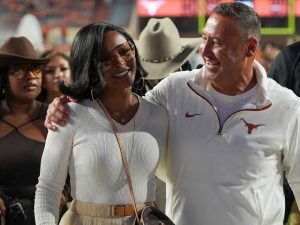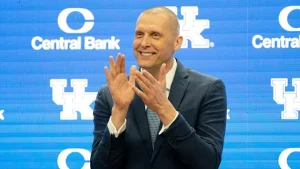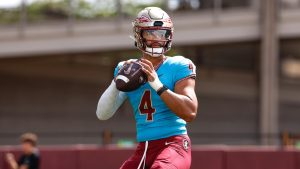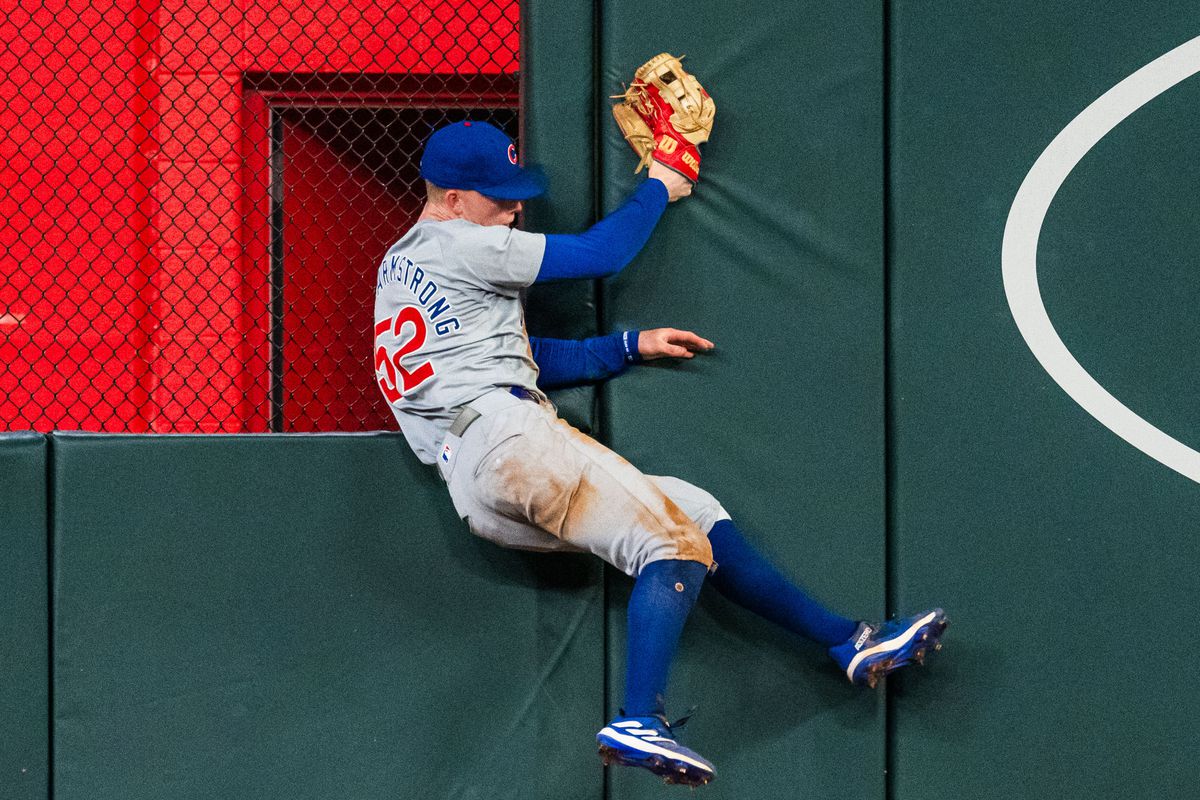
This season has felt like one of the more drastic downward reversals for me. It had me thinking about why I’m not seeing a lot of comments about just how steep the decline has been. And then my brain finally rattled around and reminded me of the 2021 season. That was a season remembered for the carnage and/or the haul taken in at the trade deadline when the team was gutted to start a short rebuild process.
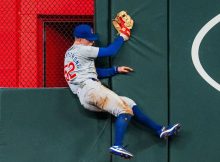
By June 13, that team had really improved to 38-27. Two excellent baseball months. The weight of Cubs history during the Epstein/Hoyer era suggests they might have made an acquisition rather than traded away talent if that squad had continued to succeed for another month. Before adding to the types of players often added at the deadline, this front office has a history of striking early, first trading for a well-known player a few weeks before the deadline. These are the players who add depth to your lineup and bullpen.
In just 21 games, that club fell from being 11 over to 2 under, a 4–17 period. As recently as May 12, the team of this year was seven over, at 24-17. They are now 7–16 years old. In some strange standings table, this team’s poor run would be two games ahead of the 2021 collapse. There is a big disparity between two games’ winning percentages in the standings throughout a run of games that makes up less than 20 percent of the season.
The depressing truth about Cubs fans is that horrible outcomes have historically happened before, you just have to look very far. Only when the Cubs are winning do you occasionally have to travel back more than a century to the start of the 20th century to locate a period in which the Cubs were a premier team.
That got me to wondering why it feels like this season is so much worse than 2021. To be clear, as a Cubs fan, I had some of the most horrific two days during the 2021 trade deadline. The only year that topped it was 2003. That was the most painful period in my Cubs history, in my opinion. But expectations are where I see the biggest distinction between 2021 and 2024. The Cubs’ contention window had closed long in advance of 2021, and the writing was clearly on the wall. It was a bit of a surprise, that hot start. It resembled looted cash. And as it happened, it was fool’s gold. However, it turned out to be the championship team’s final gasp.
But not this year. I believed the Cubs would be competitive this year. To be fair, nobody anticipated they would be better at the beginning of this year than they were. This is made even more evident by the fact that despite suffering severe injuries, they had an outstanding first 26 games—winning 17 of them. Even the most upbeat supporters, I don’t think, expected them to maintain a 100-win pace, but that just meant they had some leeway, right?
Yes, they did. Put an end to the thinking immediately. This is still the absurdity. That pillow was made by them. Even though this club has been awful for a while, the truth is that they would be in the playoffs if they ever started to play at a 90-win rate again. Not that I mean to actually win ninety games. That is not something it will win. A.555 winning percentage in 162 games is achieved with 90 victories. At 31-33, they would win 85 games if they continued to play at that winning percentage for the remaining 98 games. Ninety wins is not a very heroic pace. It’s marginally superior to taking home 11 out of 20.
That’s still annoying, considering Justin Steele was excellent in a game like the one last night. In 2024, he may have looked his best. The Cubs are winning most of the time, even in this last run where the losing has accelerated. When Jordan Wicks has been healthy, he is a very good pitcher, but I can’t recall the last time the Cubs had to use him in the bullpen. Whatever your opinion of this squad, they have enough talent to make it through this awful baseball season with an 85-win total.
In Cincinnati, of course, the injury bug has returned. Two of the team’s top players’ immediate health is in doubt. Is it possible for the Cubs to lose Nico Hoerner and Seiya Suzuki due to injuries? You can’t really play around with the injuries on either. Both of them have the kind of injury that, if left untreated, might have disastrous long-term effects. As a result, harshness is the sole issue.
I’m still not comfortable opening the next Pandora’s box. We’ll talk about this season’s trade deadline when we do. A quick check inside the package tells us a few things. First, it’s doubtful that this group will be able to contribute
Conversely, should this decline continue, the team would find itself in a situation where selling would normally be advised. However, this club isn’t really constructed around the kinds of players who could be available on deadline day. There aren’t many excellent trade possibilities, and the majority of the players with expiring contracts are the kind of players who can get you a mid-level trade piece with almost equal upside and downside.
You can’t have the kind of impact tradeable piece that would result in a Ben Brown, Pete-Crow Armstrong, or Hayden Wesneski without robbing someone blind. The one truly audacious possibility that does exist is the same one that ought to exist every day of the year, regardless of the season. Adding controlled talent, that is. Even in a bad year, you can always add a guy who would be useful beyond this one. These transactions are far less common than those involving contracts that are about to expire. However, should it turn out to be a good fit, the Cubs do have the depth of prospects to select one of those.
But obsessing over the deadline is a bit premature. Thus, we must examine what is happening in front of
